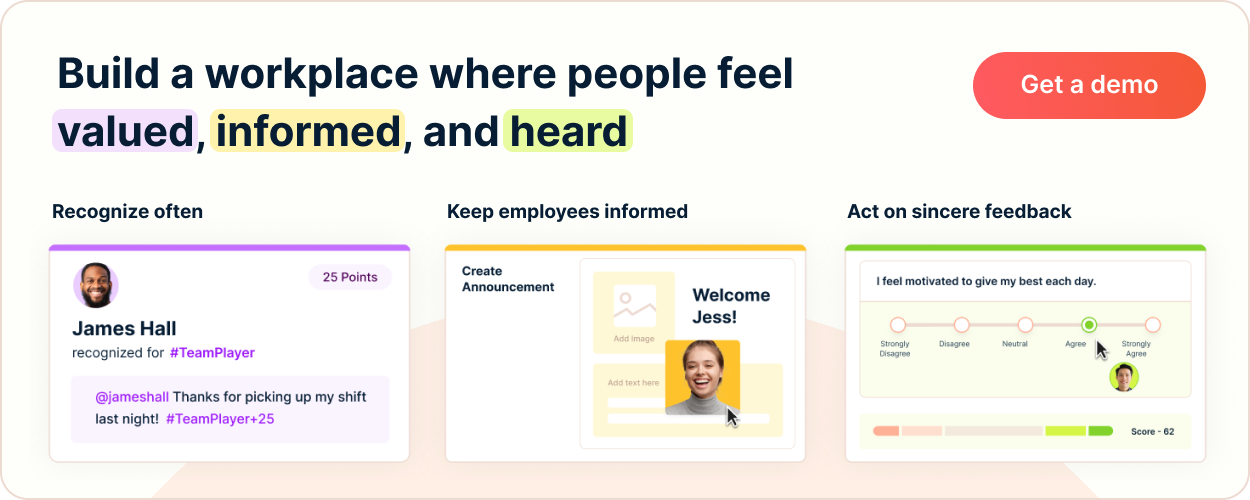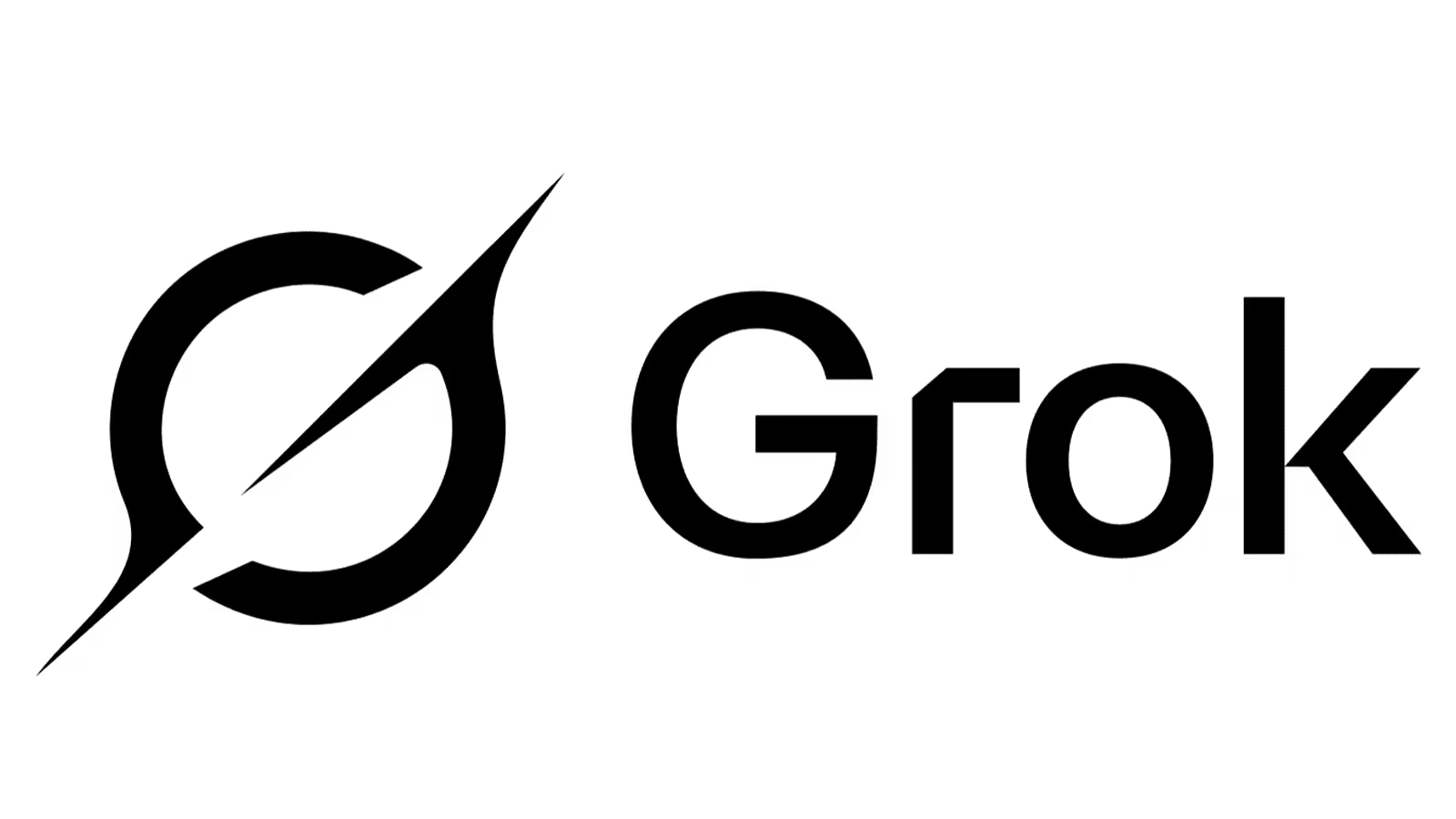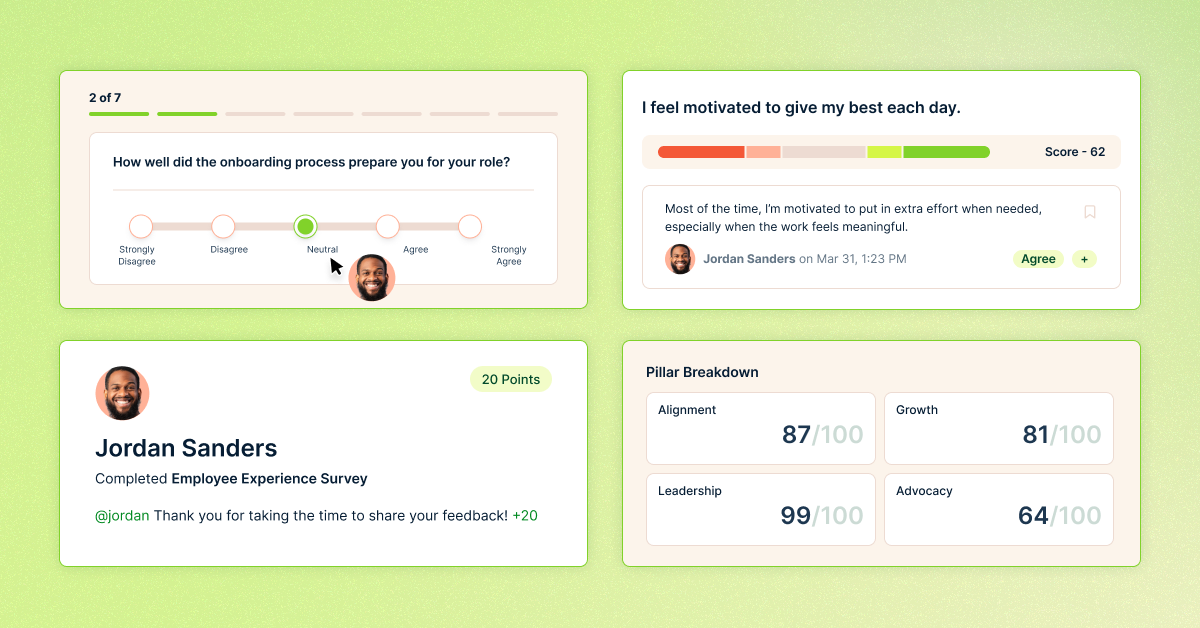Top 5 Strategies for Building a High-Performing Organizational Culture

Here's the TL;DR: Top 5 Strategies for Building a High-Performing Organizational Culture
Definition and Importance
- High-Performing Culture = Aligns with business outcomes (e.g., productivity, retention) and empowers employees.
- Key Indicators: High engagement, mission alignment, open communication, leadership alignment, frequent recognition, low turnover.
- Business Impact: High engagement leads to 22% higher profitability and 21% higher productivity (Gallup).
Strategy 1: Align Culture with Core Values and Mission
- Define Actionable Values: Use specific, behavioral phrasing (e.g., "Do the right thing…").
- Embed Values Daily: Incorporate into rituals (e.g., value-based shoutouts).
- Measure Alignment: Use tools (e.g., Nectar) to track value-centric behaviors.
Strategy 2: Foster Open Communication and Transparency
- Implement Channels: One-way (surveys), two-way (meetings), feedback loops.
- Ensure Psychological Safety: Close loops, act on feedback.
- Drive Trust: Share "why" behind decisions; focus on clarity and visibility.
Strategy 3: Develop Strong Leadership Practices
- Leadership Modeling: Values must be exemplified by leadership.
- Training Programs: Emphasize soft skills and value alignment.
- Enforce Accountability: Leadership consistency is critical.
Strategy 4: Implement Performance-Based Recognition
- Timely, Specific Recognition: Tied to performance and values.
- Balance: Individual recognition = motivation; team = collaboration.
- Track Impact: Analyze trends, correlate with retention and engagement.
Strategy 5: Prioritize Employee Growth and Development
- Career Pathways: Clearly defined and personalized.
- Learning Opportunities: Workshops, mentorship, cross-functional projects.
- Succession Planning: Prepare internal talent pipelines.
Implementation and Measurement
- Culture Roadmap: Gather feedback, align on vision, take action, communicate.
- KPIs: eNPS, engagement, turnover, recognition frequency, value usage, promotion rates.
- Iterate: Monitor, learn, and adjust regularly to sustain cultural health.
Every company dreams about having a high-performing company culture. The dream of employees firing on all cylinders, cross-departmental collaboration, and crushing quarterly goals. Building that, however, can be difficult. We’ll dive into five strategies that your team can apply to start seeing change and enhance what you’re already doing.
Understanding High-Performing Organizational Culture
Over the past 10 years, the search phrase “High-performing culture” has seen an increase of over 200% in popularity. Businesses understand that a high-performing culture is not a fluffy talking point, but is quickly becoming a core component for top-tier organizations. So what exactly is a high-performing culture?
What defines a high-performing culture?
A high-performing culture is not just about “being a fun place to work.” It’s about a culture that can tie directly back to business outcomes (productivity, retention, financial success) while simultaneously helping employees feel valued and empowered.
Culture isn’t just a soft skill. Culture is a business strategy, and one that, if you neglect, will cause your business to fail.
Key indicators of a strong organizational culture
A high-performing culture doesn’t happen by accident. It’s deliberately built through leadership alignment, consistent communication, value-driven behaviors, and a relentless focus on employee growth — and it’s one of the strongest levers organizations have to outperform competitors.
Culture is a hard thing to measure. While it’s not as easy to measure like sales numbers (ARR, new deals, units sold, etc), there are some survey tools (eNPS or engagement surveys) that can help you measure parts of your culture.
The most common key indicators to watch for are:
- High engagement
- Alignment with core values and the company’s mission
- Open communication
- Alignment with leadership
- Recognition and appreciation are frequent
- Low turnover and high retention
The business impact of culture on performance
Peter Drucker, the famous management consultant, once said, “Culture eats strategy for breakfast.” Meaning that no matter how well defined your business strategy is, without a strong company culture, that plan will fail.
When an organization has a strong culture, it can impact its bottom line. A Gallup study found that companies with high employee engagement have 22% higher profitability and 21% higher productivity compared to those with low employee engagement. Here are five ways to start building a strong organizational culture.
Strategy 1: Align Culture with Core Values and Mission
Hopefully, your organization already has defined its mission, vision, and core values. If not, you’ll want to take a step back and determine what your mission statement and core values are before moving forward.
Defining clear organizational values
Your organization’s core values are the foundational principles for how you want your employees to act with each other, vendors, and customers. A strong culture starts with clear, authentic, and actionable organizational values. Leave the buzzwords at the door. Show your employees what your values actually mean. For example:
Poor value: “Integrity”
Good value: “Do the right thing, even when no one is watching.”
Embedding values in daily operations
These shouldn’t just be words on a wall, but should serve as the behavioral blueprint for how people act at work. Build rituals and processes around embedding your values into your everyday work. Whether it’s a monthly nomination tied back to a core value or it’s attaching a core value to every shoutout, they should be woven into your daily work.
Measuring value alignment
You can’t improve what you don’t measure — and that includes cultural alignment. Measuring value alignment helps leaders understand whether their stated values are truly shaping behavior or just collecting dust.
While measuring it can be difficult, it’s not impossible. Tools like Nectar allow users to send shoutouts to each other and attach a core value to each shoutout. As team members shout each other out, you can go to reports like the Shoutouts Report to see what the most commonly used core values are. With this data, you can see which values your organization is adopting and which ones you might need additional training on.
Strategy 2: Foster Open Communication and Transparency
If you were driving a car and headed for a cliff, you’d want someone to tell you, right? It’s the same in business. While you might not be literally driving over a cliff, a poor manager or a toxic workplace can metaphorically drive your employees over the edge.
One of the most effective ways to create a high-performing organizational culture is to work on building open communication and transparency with your employees. This open communication can be all encompassing - top-down, bottom-up, and peer-to-peer. When employees feel psychologically safe, they’re more likely to be engaged, voice their opinions, share their perspective, and suggest new ideas.
Implementing effective communication channels
Open communication and transparency aren’t just “nice to haves” — they’re foundational to a high-performing organizational culture. As you roll out a new communication channel, it’s important to consider:
- Accessibility - You want your employees to be able to access it freely and on their own preference
- One-way or two-way - You can use one-way tools (like eNPS or engagement surveys) to gather anonymous feedback from employees. Two-way tools (all-hands meetings) all you to gather feedback in real-time and respond to employees.
- Feedback loops - As you’re gathering feedback through these channels, communicate back to the employees what you’re hearing.
Creating psychological safety
If an employee feels scared of potential consequences for talking about their concerns, they won’t speak up or engage. Psychological safety means that your team members feel safe to express ideas, admit mistakes, or challenge the status quo.
One of the easiest ways is to close the feedback loop. Communicate to your employees what you’re hearing from their feedback, and, most importantly, what you’re going to do about it. This follow-through builds trust in the process and that you’re listening to them and that they’re valued.
Building trust through transparency
Transparency isn’t about oversharing. It’s about making sure the right information is visible to the right people at the right time. That means being open about your company goals, performance, and even organizational challenges.
Trust isn’t built on the volume of communication — it’s built on clarity, consistency, and visibility. Leaders who share the “why,” not just the “what,” help employees feel informed, valued, and trusted. That’s where internal communications tools come in.
Strategy 3: Develop Strong Leadership Practices
Leaders are the single biggest cultural influencers. If your employees see your leaders adopting and living your values, they’ll follow suit. "Leadership alignment" isn’t optional — misaligned leadership kills trust and consistency.
Leadership's role in culture building
Your organization’s culture starts at the top. If Leadership is misaligned, it won’t matter how many perks, posters, or fun swag you give out to employees - your culture will struggle.
High-performing cultures are built and nourished by leaders who model the values, empower their teams, and show that they live by the same standards they expect of others. A McKinsey study found that when senior leaders model the behavior changes that they’re asking employees to make, they are 5.3 times more likely to be successful.
Training and development programs
While some people might have a more natural ability for leadership, it is a skill that can be developed. Investing in leadership development programs shows employees that you’re serious about culture and their future.
Leadership development should go beyond just their technical skills. It should include soft skills around emotional intelligence, communication, coaching, and decision-making aligned with values.
TIP: As you build your programs out, be sure to tie them back to core values so that they can see them in action.
Accountability frameworks
Just like culture starts with leadership, accountability starts with leadership, too. If leadership is pounding the drum about culture and values, but employees see them doing the opposite of those values, then it will not only hurt the culture but could be destructive to it.
Culture falls apart without accountability, especially at the top.
Strategy 4: Implement Performance-Based Recognition
Recognition isn’t about handing out participation trophies — it’s about reinforcing the right behaviors and outcomes that drive both culture and performance.
In high-performing organizations, recognition is intentional, aligns with your values, and is performance-focused, creating a continuous loop of motivation and engagement.
Creating meaningful reward systems
Not all recognition is equal. Meaningful recognition needs to be timely, specific, and tied to a meaningful contribution. In a recent study, nearly all employees (89%) reported higher job satisfaction when they were recognized for their hard work.
Nectar helps employees combine both worlds - recognition and rewards. As employees receive shoutouts from peers and managers, they can collect points, which can be redeemed for rewards. Whether it’s a gift card, something off of Amazon, swag, or a custom award that the company has (e.g., an extra day of PTO), this allows employees to choose the rewards that they want.
Balancing individual and team recognition
It can be difficult to balance individual and team recognition. Both are incredibly important to your culture and play a crucial role. Employees who receive individual recognition help improve personal accountability, responsibility, drive growth, and improve their satisfaction. Team recognition, on the other hand, fosters collaboration and cross-functional trust.
Look for ways to highlight both. You can look for ways to highlight a team that hit a major deadline or overcame an obstacle. Then, that team lead can spotlight a team member who did an exceptional job on the project. Or, look for ways to individually shout out each team member in a public way for their work on a project.
Measuring recognition impact
If you don’t measure it, you can’t improve it.
Being able to measure how often employees are being recognized and shouted out allows you to see how it is impacting your organization. You can see how often they’re happening, which team members are receiving them (and who’s not), and how frequently they’re happening.
As you dig in, you can layer this data on top of data from your HRIS to measure retention and turnover. Are departments with low recognition usage experiencing higher turnover? What employees are at risk of leaving? How can I improve this?
Recognition doesn’t have to be just a feel-good exercise. It can be a data-driven lever for driving results. High-performing cultures don’t leave recognition to chance. They systematize it, align it to values, and use it to continually reinforce the behaviors that drive success.
Strategy 5: Prioritize Employee Growth and Development
Organizations with a world-class culture make sure that employee growth and development are top priorities. Having a high-performing culture makes it so you’re:
- Increasing your ROI on employees
- Increased productivity instead of missing projects because of hiring a backfill
- Helps you attract top candidates
- Develop a deep leadership pool to pull internal talent from
- It improves employee engagement
In fact, LinkedIn found that 7 in 10 people say employee development programs improve their sense of connection to the organization.
Career development pathways
No matter your station in life, we often ask ourselves, “What’s next?” It’s the same at your job.
So, what’s next?
Are you going to be an individual contributor for the next 10 years? Are you working toward that promotion, or are you hoping to build out a team over the next few years? Employees want to see a future at your company. If they don’t see a clear path forward, then they’ll explore that at other companies.
When laying out the career development plans, be sure that they’re:
- Clearly defined
- Steps to make each benchmark
- Customized to each employee
Having a career development pathway that is clearly defined and communicated to employees can play a crucial role in establishing and maintaining a high-performing culture.
Learning and development initiatives
Now that you’ve clearly defined the pathways for promotion and development with your team, it’s time to provide learning opportunities for your employees. This could include things like:
- Workshops
- Certifications
- Cross-team projects
- Mentorship opportunities
Companies with a strong learning culture are over 90% more likely to develop new products and processes.
Succession planning
When an employee leaves, it can be painful to have to replace them. Developing a succession plan can help ease that transition, avoid downtimes, and maintain cultural stability.
A succession plan is the process of identifying and developing internal candidates for important roles within an organization. Not every role in a succession plan is an executive role. Succession plans can be used to create a pipeline of your top talent to manage teams, train new employees, and lead new projects.
Implementation and Measurement
Building a high-performing culture isn’t a one-time initiative — it’s an ongoing, measurable process. To succeed, companies need a clear implementation roadmap, well-defined KPIs, and the discipline to monitor, learn, and adjust over time.
Culture change roadmap
The first step in changing the culture is to know where your culture is at. Gather honest feedback from employees on the state of the culture. You can do this through one-on-one interviews or a panel discussion, however, you’ll probably find the most honest feedback through an anonymous survey.
Once you have this foundation, you can meet with the leadership team and create a culture roadmap. In this road map, you’ll:
- Lay out the future-state vision of what you want your culture to be
- Identify gaps between the current and future state
- Create an action plan where you align on values, leadership commits to highlighting key practices, and other engagement initiatives
- Communicate the vision to employees
- Repeat, repeat, and repeat some more
- Monitor the change, measure it, and adjust based on what is working
Key performance indicators
Peter Drucker once said, “What gets measured improves.” While culture isn’t a hard number, there are indicators that you should be tracking. Some of them include:
- eNPS scores
- Employee engagement scores
- Turnover/retention rates - especially your involuntary turnover data
- % of employees recognized
- Commonly used core values
- Employee performance metrics
- Promotion rates
Monitoring and adjustment strategies
As you begin to roll out new initiatives and build your vision, you’ll learn quickly that some things will go great, while others will not. This is where you and your organization will need to be adaptable and try different things.
It’s also important to keep a concerted effort moving forward. This is a marathon, not a sprint. Regularly carve out time in your leadership meetings to review the programs and make adjustments. Share wins and initiatives with your employees to reinforce transparency and accountability throughout your organization.
At the end of the day, building a high-performing culture isn’t about putting up posters or handing out gift cards — it’s about creating a workplace where people are aligned, trusted, recognized, and growing every day.
When your values are clear, your leaders are consistent, your communication is open, and your employees feel supported, you don’t just get a “nice” culture — you get a competitive edge.
Remember: culture eats strategy for breakfast — but only if you’re willing to invest in it, measure it, and keep improving.















